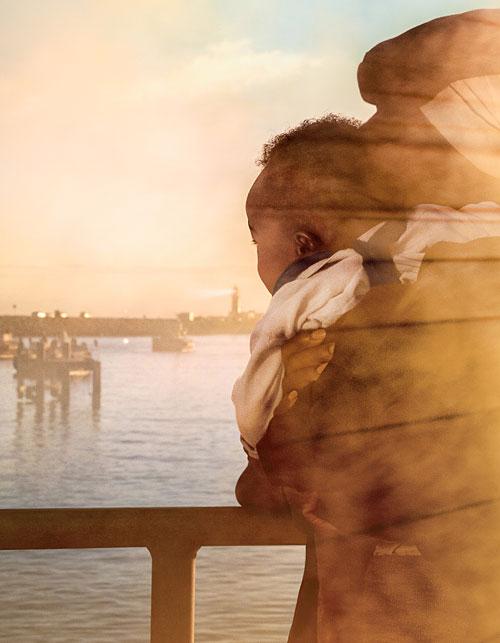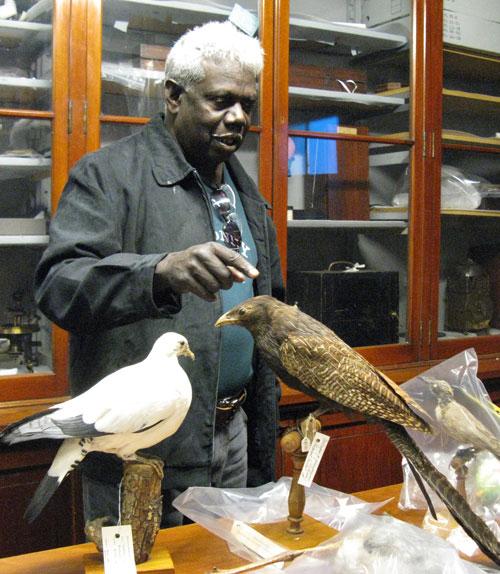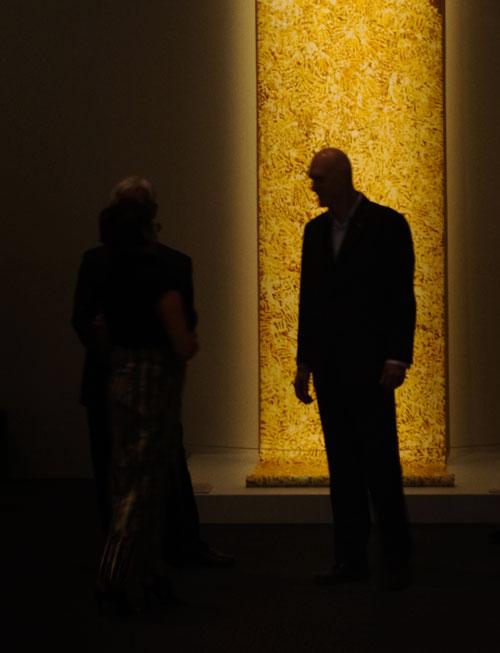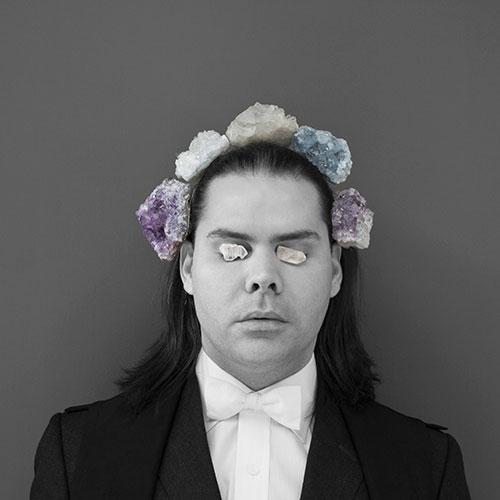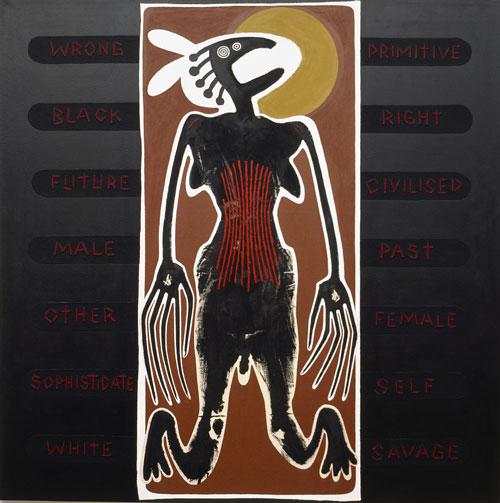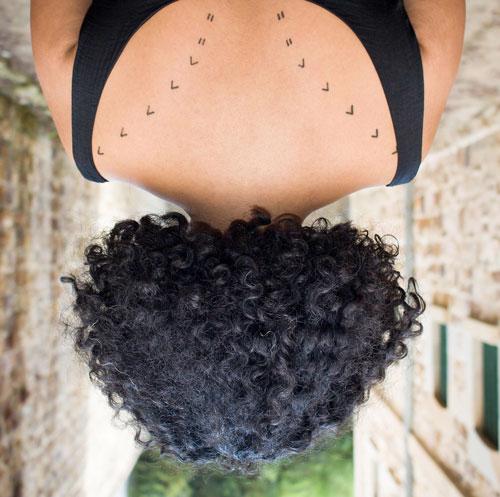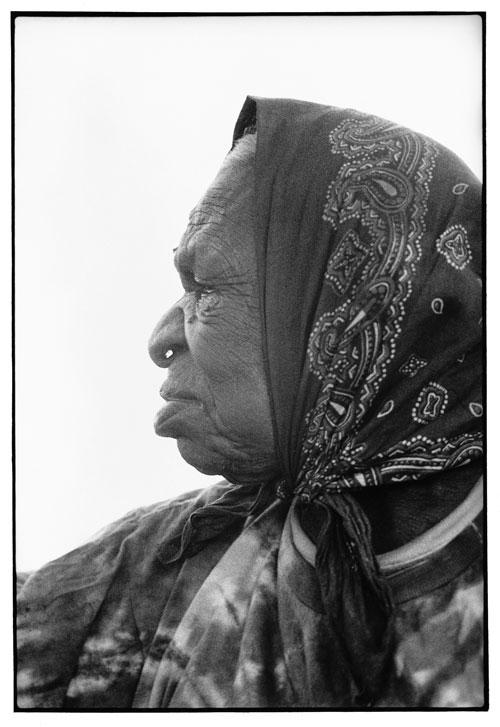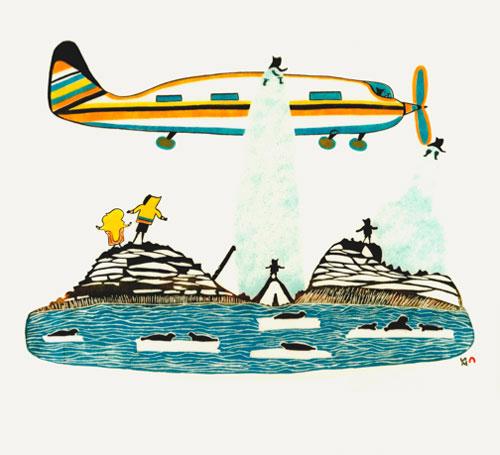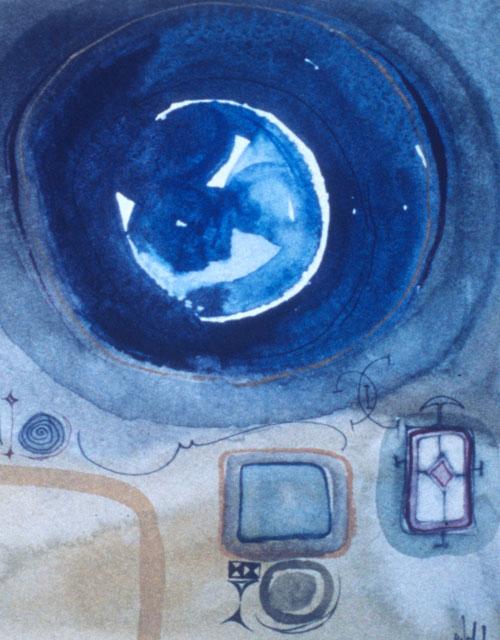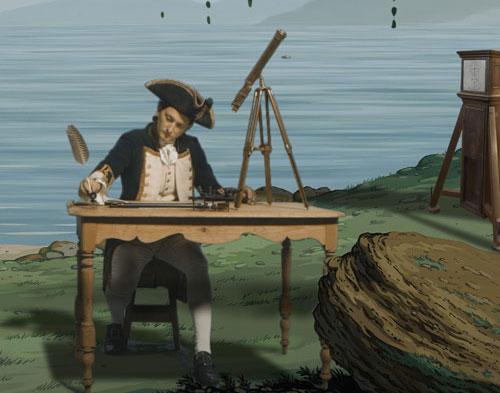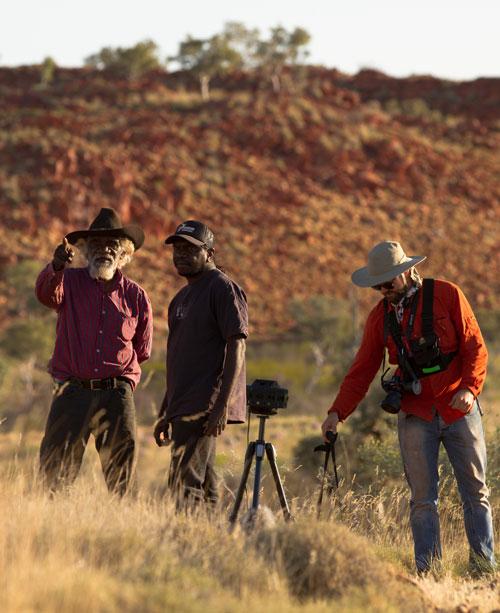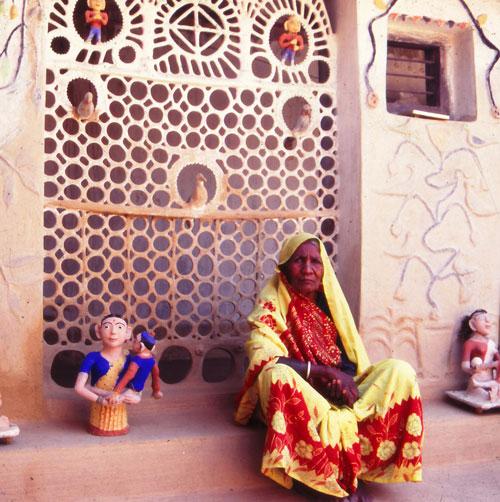The Acti.VA.tions of Rosanna Raymond
Walking through East Harlem with Rosanna Raymond wearing bodysuits covered in artificial flowers and leaves from head to foot, on the first glorious late April Spring day when New York seemed to go directly from winter to summer, we were stopped again and again by astonished residents of the mostly Latinx and Black neighbourhood as they burst into smiles, asking us to take photos with them.

